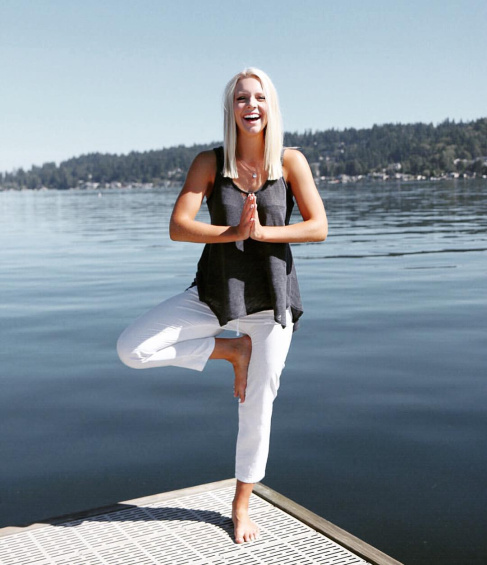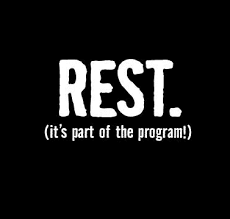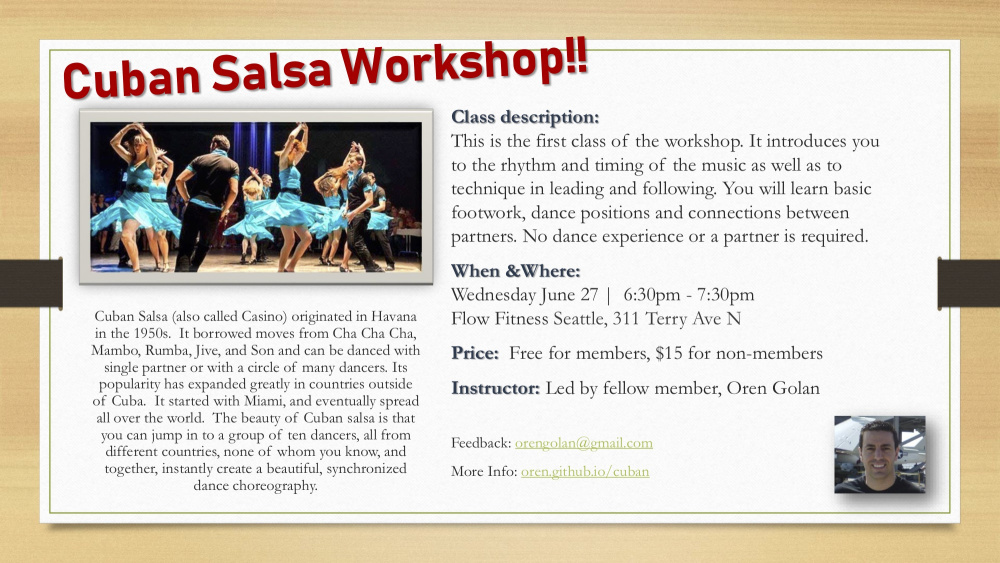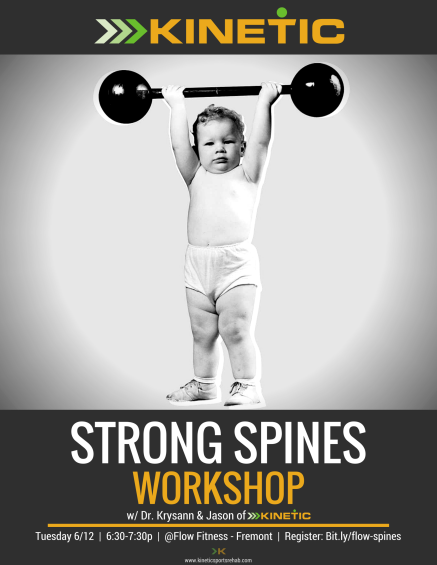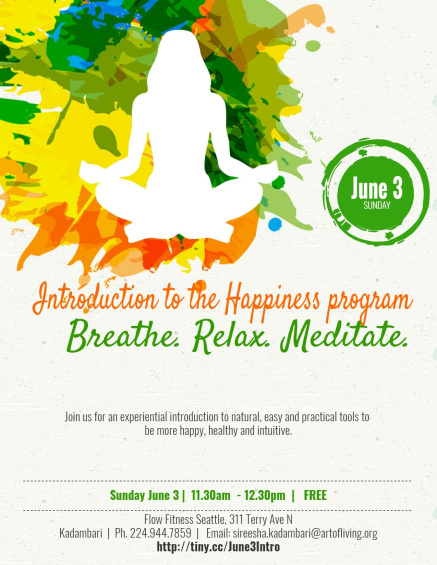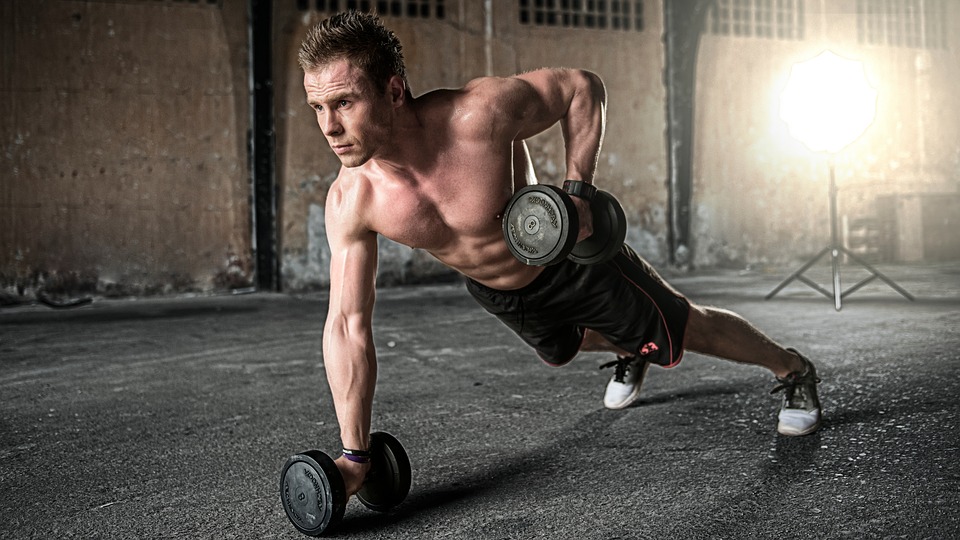An essential element of training for any serious athletic competition, periodization is “an organized approach to training that involves progressive cycling of various aspects of a training program during a specific period of time.” It allows for customized, systematic training programming that cycles progress with competition preparation.
In practice, periodization is the program design strategy that balances training volume, intensity, and specificity.
This is all just a fancy way of saying that you have an intelligent plan to maximize your training progress without being run ragged come game day.
How Periodization Works
To excel at any physical activity, you need to have an established level of fitness already. Whether you are running marathons, bodybuilding, playing soccer, or wrestling, you must establish an athletic baseline before you can move forward.
Beyond that general physical competence, when trying to excel in a sport, you must train specific skills and movements. This is the principle of specificity. It goes beyond establishing general fitness in an individual and trains them for their specific sport — boxers box, swimmers swim, and cyclists cycle.
Periodization effectively cycles you through periods of training that touch on each of these aspects, improving them one of these aspects after another and tapering down for competition before ramping back up to improve performance.
Six Steps to Success with Periodization
Preparation
Whether this is the beginning of a periodized cycle or just coming off of the sixth step, the first phase, preparation, is when you gradually initiate a controlled training routine. For exercise novices, this will slowly build up your fitness with moderate-duration, low-intensity workouts. More advanced athletes come into preparation after a rest phase to begin prepping for the upcoming competition season.
The preparation phase usually involves comfortable exercises such as swimming, hiking, and cycling. This is also when you plan out your season, marking down your competition goals.
Building a Base
The real work begins in the second phase, when you will be improving your overall strength levels and building up your cardiovascular system. This phase can last for several months, and often that much time is required to build significant strength gains. If you have any glaring weaknesses, this is an excellent time to directly address them — whether they have to do with balance, flexibility, or a poor diet.
Sport-Specific Training
Specificity comes into play in the third phase, during which you begin simulating competition conditions and practicing skills specific to your sport. Because you will have already established a fitness foundation in the first and second phases, you can effectively focus on strategy and technique without being limited by your body.
Winding Down
You should start winding down one to two weeks before a major competition. At this point, you will decrease your training volume to be ready to go 100 percent in competition. All exercise physically breaks down muscle tissue with tiny tears in the fibers. Resting allows those tears to heal, allowing you to go 100 percent in competition. Tapering usually involves cutting your training down by 80 to 90 percent, but this varies wildly based on your sport, as does how many weeks you spend at a reduced training volume.
Peaking
Timing your tapering well leaves you fresh and ready to go come game day, providing a one- to two-week window during which you can perform to your fullest.
Rest
Going 100 percent takes its toll on your body. Depending on your fitness level, sport, and how you prepare for your sport, you may need anywhere from a week to several months of recovery time after competition. You don’t need to completely shut down physically, but you do need to rest, and this can provide a great opportunity to casually cross-train in other sports for fun.
Does This Apply to You?
That depends on your goals. Each training movement and strategy is a tool. While every toolbox should have a wrench in it, a wrench isn’t going to drive nails for you. If general fitness is your objective, and not prepping for getting on stage or running a race, periodization may not offer you what you need. For help tailoring a program to your specific targets, speak with one of our trainers today.




